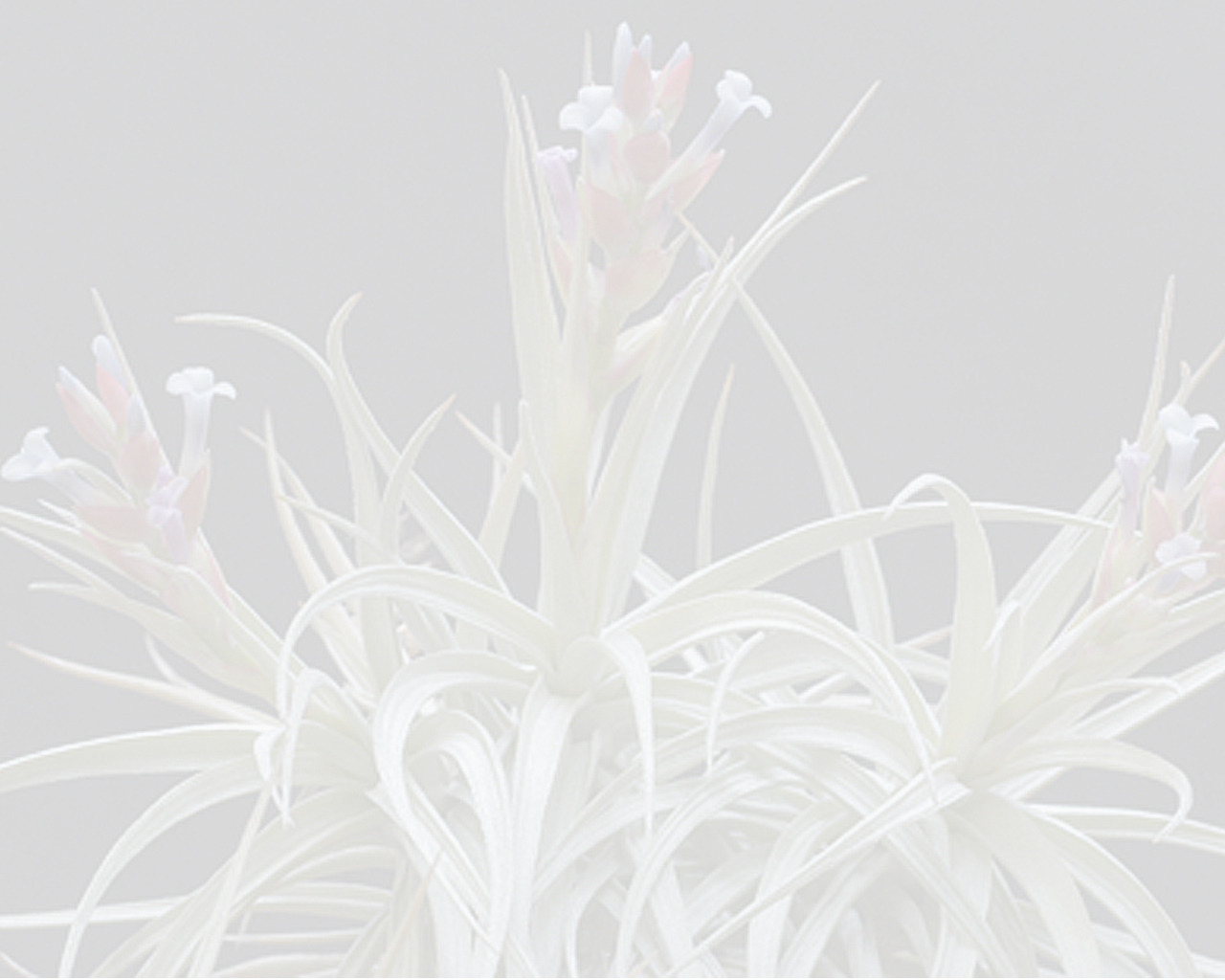


plant stem-less, to 45 cm high, upright, at the base a weakly bulbose rosette, whose outer leaves are much shorter than the inner ones. leaves: sheath inconspicuous, wide ovate, 8–10 cm long, approximately 3.5 cm wide and on both sides dense appressed scaled, upper side either uniformly dark-violet or matching the underside - green and only black-violet stained; blade ligulate, 10–25 cm long, above the sheath to 2.5 cm wide, upright, narrowing to a bent over tip, scaled rather densely when young, however with increasing age glabrous and only scattered lepidote and then shiny-green; its black-violet flecks seems to occur in sun exposed plants peduncle thin, upright at the base, in the upper half bent over and lightly flexuous, round, glabrous , 3 mm thick, well exceeding the rosette-leaf with laxly arranged peduncle bracts; peduncle bracts approximately 3 cm long, green, red edged, grey lepidote, sometimes dull spotted, the sheath covers the internodes, and exceeded by a short 3 angled erect standing blade. inflorescence mostly simple, initially a dense egg shaped acuminate terminal spike, rarely with another, at most two, ( according to rutschmann), and further the side spikes are smaller, the prefloral long-like-oval, acuminate, almost rectangular spike sticks out from the peduncle spike elongates so that at the time of the anthesis, is up to 15 cm long and 6 cm wide with many lax flowers; rachis weakly geniculate, angular flattened, green or shining vermilion, lepidote, is then visible; floral bracts distichously arranged, upright and extremely carinate at the bud stage, spreading to horizontal at the time of the time of anthesis, and widens out with it; exceeding the flower, to 3 cm long, ( and when extended) to 2 cm wide, narrowing into a sharp, hooked bent tip, smooth, not nerved, glabrous, leathery, with scattered scales at the sessile base; colour varies, according to light intensity, from orange-yellow to shining vermilion red; the intense colour is not caused through anthocyanin but through karotine. flowers: sepals to 22 mm long, to 6 mm wide, lanceolate acuminate, ecarinate, free, scattered lepidote, at the base greenish, towards the top reddish; petals white, ligulate, up to 2.5 cm long and to 3 mm wide, at the top spreading until bent over, postfloral intensively black. stamens and style deeply enclosed.Edited from (0---1-2019): Rauh 1974b. Bromelienstudien (Mitteilung 3). I. Neue und wenig bekannte Arten aus Peru und anderen Lšndern .